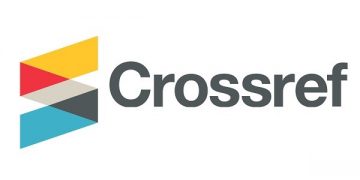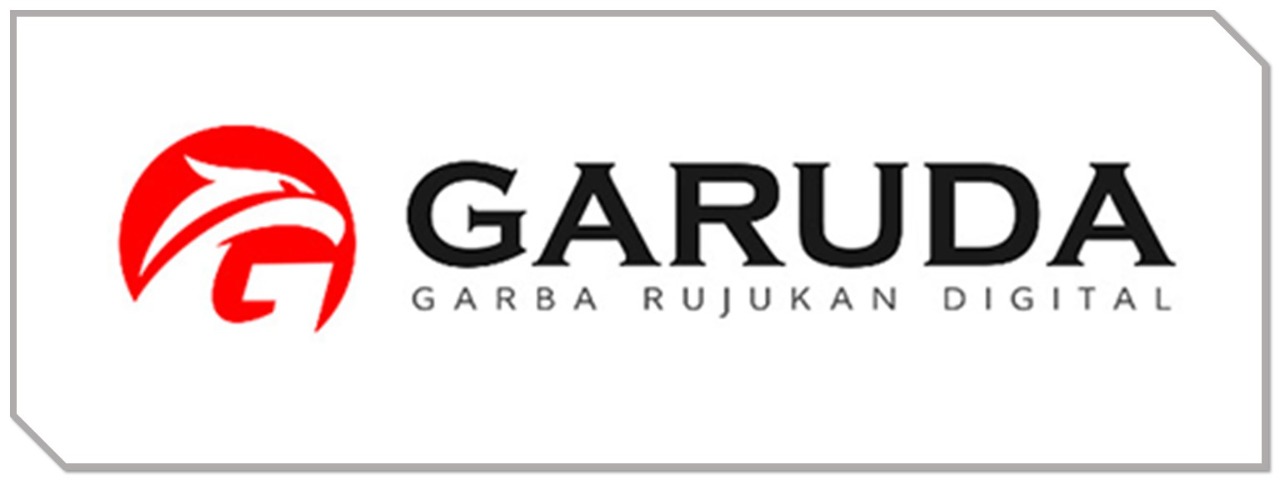Manajemen Sumber Daya Manusia (SDM) Berbasis Tekhnologi Untuk Pengembangan Kompetensi di Madrasah
DOI:
https://doi.org/10.61722/jaem.v1i4.3628Keywords:
Human Resource Management (HRM), Digital Transformation, Madrasa DevelopmentAbstract
Human Resource Management (HRM) plays an important role in madrasa development, especially in the current digital era. With strategies that include planning, training, evaluation and follow-up, technology-based HRM can increase the efficiency and competence of teaching and staff. The use of technology, such as online training and data-driven performance management systems, facilitates better collaboration and more effective decision making. However, there are still challenges that must be faced, such as limited infrastructure, lack of training programs, limited budgets, and resistance to change. To overcome these issues, madrasas need to invest in technology, organize regular training, provide digital learning resources, and build a work culture that encourages innovation. By implementing these steps, madrasas can make maximum use of technology, improve the quality of education, and more effectively meet the needs of employees and students.
References
F. Fathurrahman, L. Fitriyah, T. N. Aini, M. A. Adeoye, and A. M. Hakim, “Optimizing Madrasah Quality: A Strategic Approach to Human Resource Management,” Al-Tanzim J. Manaj. Pendidik. Islam, vol. 8, no. 1, pp. 133–145, 2024,
Sumirah, Idarianty, and E. Surayya, “Madrasah Transformation Model of Information Technology Era,” Int. J. Res. -GRANTHAALAYAH, vol. 8, no. 3, pp. 65–73, 2020,
A. Isdarmini, “Strategi Pembudayaan Technopreneur Menuju Madrasah Hebat di MAN 2 Kulon Progo,” J. Pendidik. Madrasah, vol. 4, no. 2, pp. 131–142, 2020.
Sri Utami Nurhasanah and Jenris Mangatur Sinambela, “Digital Transformation In Human Resource Management: Challenges And Opportunities,” Brill. Int. J. Manag. Tour., vol. 2, no. 3, pp. 307–317, 2022.
Andri Sungkowo, Munkizul Umam Kau, Muhammadong, Abdul Rozak, and Yadi Suryadi, “Revitalizing Religious Learning in Madrasah Through the Use of Technology,” IJGIE (International J. Grad. Islam. Educ., vol. 5, no. 1, pp. 82–96, 2024.
A. Kalenova, “Modernization of the organization’s personnel management system using new information technologies in the context of digitalization based on the improvement of professional competencies of personnel,” Manag. Pers. Intellect. Resour. Russ., vol. 11, no. 3, pp. 49–54, 2022.
I. Gusriani, A. S. Salabi, and Y. Yuliza, “Manajemen Sumber Daya Manusia dalam Pengembangan Madrasah Berbasis Digital pada Madrasah Aliyah Negeri Lhokseumawe,” Indones. J. Islam. Educ. Manag., vol. 6, no. 2, pp. 56–63, 2023, [Online]. Available: https://ejournal.uin-suska.ac.id/index.php/IJIEM/article/view/24746
N. F. Maharani, M. Aldiansyah, M. A. Nugraha, and D. Pibriana, “Analisis Metode dan Bidang Pengembangan Sistem Informasi Menggunakan Systematic Literature Review,” J. Teknol. Sist. Inf., vol. 5, no. 1, pp. 45–56, 2024.
S. F. Arief and Y. Sugiarti, “Literature Review: Analisis Metode Perancangan Sistem Informasi Akademik Berbasis Web,” J. Ilm. Ilmu Komput., vol. 8, no. 2, pp. 87–93, 2022.
A. R. Syam and S. Arifin, “Kedudukan Manajemen Sumber Daya Manusia Pendidikan Islam di Era Globalisasi,” AL-ASASIYYA J. Basic Educ., vol. 2, no. 2, pp. 1–12, 2018
A. Fajriyah and I. Rindaningsih, “Human Resource Management in Islamic Schools,” Acad. J. Res., vol. 2, no. 1, pp. 30–39, 2024.
M. Saifudin and I. Rindanigsih, “Transformation of Human Resource Management in Education in the Digital Era,” Int. J. Multidiscip., vol. 1, no. 1, pp. 30–39, 2024.
I. Rindaningsih, B. U. B. Arifin, and I. Mustaqim, Empowering Teachers in Indonesia: A Framework for Project-Based Flipped Learning and Merdeka Belajar, vol. 1. Atlantis Press SARL, 2023.
F. Di and I. Sidoarjo, “PELATIHAN PENINGKATAN KREATIVITAS GURU DALAM PERANCANGAN POSTER DAN PEMBELAJARAN,” vol. 5, no. 2, pp. 1339–1345, 2024.
I. Taufik and I. Rindaningsih, “Pelatihan dan Pengembangan Guru Sebagai Sumber Daya Manusia Bidang Pendidikan di Era Kecerdasan Buatan (AI),” Manag. Educ. J. …, vol. 10, no. 1, pp. 63–69, 2024, [Online]. Available: https://jurnal.uin-antasari.ac.id/index.php/moe/article/view/12037%0Ahttps://jurnal.uin-antasari.ac.id/index.php/moe/article/download/12037/4029
D. I. M. Tsanawiyah, “EPISTEMIC : JURNAL ILMIAH PENDIDIKAN PROSES PENGEMBANGAN MATERI PEMBELAJARAN PAI EPISTEMIC : JURNAL ILMIAH PENDIDIKAN,” vol. 3, no. 1, pp. 149–165, 2024.
D. Hidayati, N. Nurhikmah, and R. A. Kusumadewi, “Bridging the digital divide: Assessing teacher readiness for technology integration in madrasah ibtidaiyah,” Int. J. Educ. Learn., vol. 5, no. 3, pp. 152–161, 2023, doi: 10.31763/ijele.v5i3.794.
H. Hariyadi, “DIGITAL TRANSFORMATION OF MADRASAS TO IMPROVE THE QUALITY OF EDUCATION SERVICES at MTs AL KAUSTAR DEPOK CITY,” Proceeding Postgrad. Sch. Univ. Muhammadiyah Jakarta, vol. 1, no. September, p. 257, 2023.
Z. Zainuddin, Z. Abidin, A. Susanti, and M. Muttaqin, “Innovation and Adaptation of Islamic Religious Education in Madrasahs in the Context of Society 5 . 0 Era,” vol. 3, no. 10, pp. 2155–2166, 2024.
M. L. Junaidi and P. Sugiartawan, “Sistem Informasi Administrasi Pada Madrasah Ibtidaiyah Rare Muchtary,” J. Sist. Inf. dan Komput. Terap. Indones., vol. 2, no. 3, pp. 37–47, 2022,.













